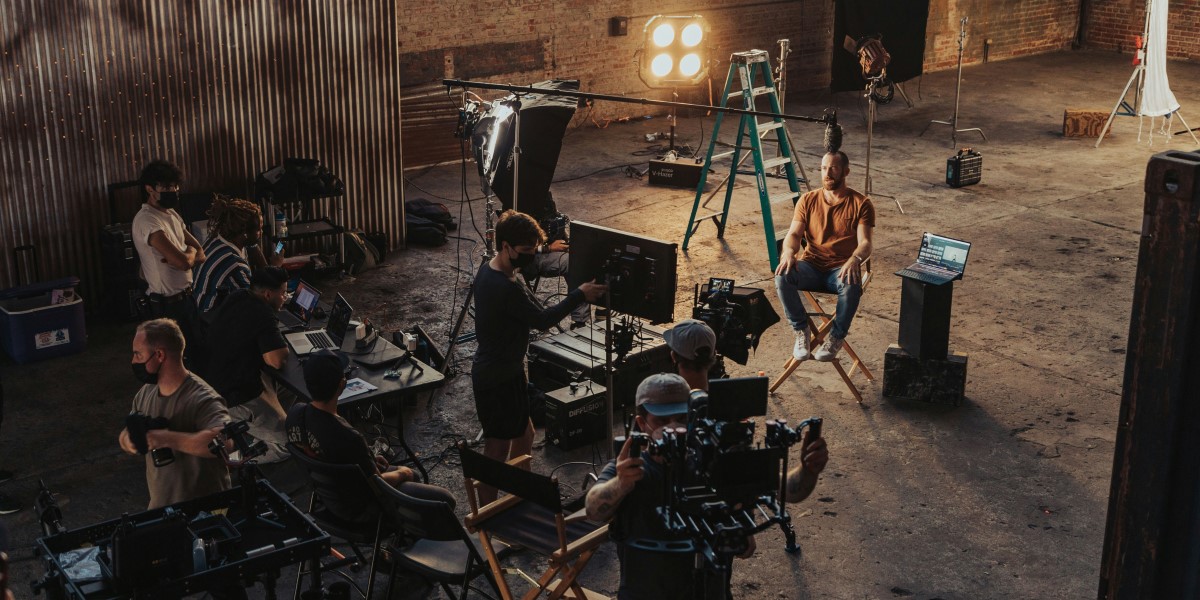The Early Days of Independent Film in New York
New York City has long been a symbol of creative freedom, making it a natural destination for filmmakers who want to break away from the constraints of big studios and corporate agendas. The city’s role as a hub for independent filmmakers can be traced back to the early 20th century, when it became a melting pot for artists, writers, and filmmakers seeking new opportunities to express their unique perspectives. Independent filmmaking, especially in New York, has always been about taking risks, challenging the status quo, and exploring topics and themes that often go unnoticed in mainstream media.
The late 1960s and 1970s marked a significant turning point in New York’s cinematic identity. Filmmakers such as John Cassavetes, Woody Allen, and Martin Scorsese made their mark, creating films that diverged from traditional Hollywood formulas. These pioneers helped establish a distinct independent film culture in the city, where personal stories could be told without relying on the massive budgets or marketing teams that larger studios typically had. Independent filmmakers were able to use the raw, gritty beauty of New York’s streets as both a setting and a character, which added a unique sense of authenticity to their work.
The Influence of Film Festivals

One of the key factors that solidified New York City as a central hub for independent filmmakers was the rise of its film festivals. The city has become home to some of the most respected and influential festivals in the world, such as the Tribeca Film Festival and the New York Film Festival. These festivals serve as platforms for independent filmmakers to showcase their work to a broader audience, including industry professionals, critics, and the general public.
The Tribeca Film Festival, founded in 2002 by Robert De Niro, Jane Rosenthal, and Craig Hatkoff, was created in response to the devastating events of 9/11. The goal was to revitalize the downtown Manhattan area and offer a space for diverse voices to be heard. The festival quickly gained recognition for its ability to highlight films that otherwise might have struggled to find distribution. By providing a stage for emerging filmmakers, Tribeca allowed independent cinema to thrive in New York City, giving filmmakers an opportunity to connect with an audience that appreciated their work.
Similarly, the New York Film Festival, which began in 1963, continues to showcase both established and emerging filmmakers. These festivals are instrumental in helping independent filmmakers secure distribution deals, and they provide them with a platform for networking. Beyond these well-known festivals, the city is also home to a wide range of smaller, niche festivals that focus on specific genres or themes. These events ensure that independent filmmakers from all walks of life have a chance to display their films and find their audience.
The Role of Film Schools and Communities
New York City’s strong network of film schools has played an important role in its development as a center for independent filmmaking. Institutions such as the Tisch School of the Arts at NYU, the Columbia University School of the Arts, and the School of Visual Arts have nurtured countless filmmakers, many of whom go on to produce independent films that reflect the city’s diverse cultural landscape. These schools not only provide students with technical skills but also emphasize the importance of storytelling and the value of personal expression.
In addition to formal education, New York is home to numerous film communities and organizations that support independent filmmakers. These groups offer resources, workshops, and networking opportunities that help filmmakers hone their craft and connect with industry professionals. The Film Society of Lincoln Center, for example, offers screenings, lectures, and educational programs that focus on independent cinema. Similarly, organizations like the Independent Filmmaker Project (IFP) provide filmmakers with the tools they need to develop their projects and bring them to the screen.
These educational institutions and community groups work together to cultivate a collaborative environment where filmmakers can learn, grow, and share their work with others. By fostering a spirit of collaboration, New York City has become a place where filmmakers can thrive regardless of their background or budget.
The New York City Setting: A Character in Itself
One of the defining features of independent films produced in New York City is the way the city itself becomes an integral part of the story. The urban landscape, with its blend of cultures, neighborhoods, and architectural styles, provides a rich backdrop for storytelling. Independent filmmakers are drawn to New York’s gritty streets, diverse neighborhoods, and iconic landmarks because they add an authentic, lived-in feel to their work.
Unlike the polished and idealized settings of many mainstream films, New York’s authenticity serves as a metaphor for the struggles and triumphs of its characters. Whether it’s the sprawling Central Park, the urban jungle of Brooklyn, or the buzzing streets of Manhattan, the city is a character in its own right, one that shapes the stories being told. Independent filmmakers often use the city’s locations to convey mood, tone, and theme, creating an immersive experience for their audience.
Moreover, New York’s sense of constant reinvention and transformation mirrors the journey of independent filmmakers themselves. Just as the city constantly changes, so too do the stories and filmmakers who call it home. This fluidity allows for a level of creative freedom that is hard to find elsewhere, making New York City an attractive destination for independent filmmakers.
In the end, the city has nurtured a creative environment where unconventional stories can flourish. Independent filmmakers are given the freedom to experiment, collaborate, and push boundaries, all within the vibrant ecosystem that New York provides.
New York City’s prominence as a hub for independent filmmaking is not just a matter of history; it continues to thrive today thanks to its rich cultural heritage, the support of festivals, film schools, and community organizations, and the unique opportunities that come from filming in one of the most diverse cities in the world. For independent filmmakers, New York City remains a symbol of possibility, creativity, and the power of storytelling.
















